Malaysia’s Role in the New Global Economy
Geopolitical Tensions and the Disruption Caused by the COVID-19 Pandemic are Prompting Multinational Businesses to Re-Evaluate Their Asia Operations. As the World’s Eighth Largest Exporter of High-Technology Goods, and as a Hub for R&D and Global Operations, Malaysia’s Pro-Business Policies, Advanced Infrastructure and Highly Skilled Workforce Provide New Openings for Manufacturers and Service Companies
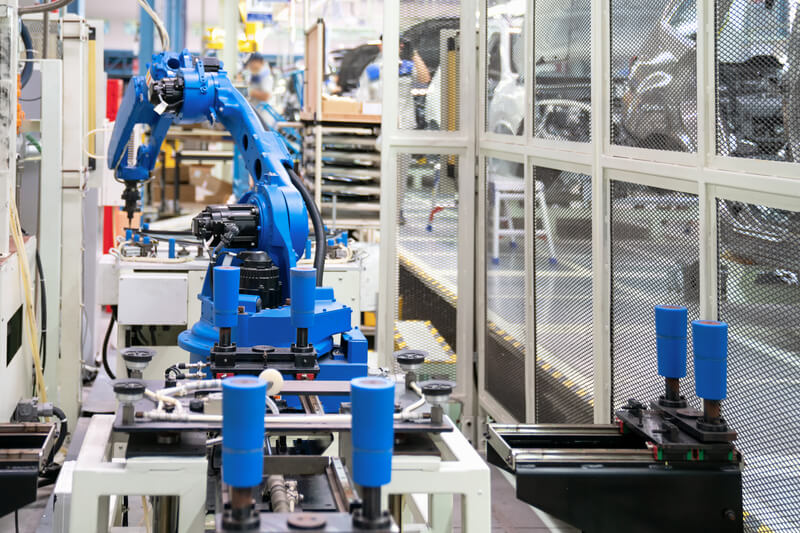
The nation’s Industry4WRD policy is driving digital transformation among local and international manufacturers to further the Industry 4.0 agenda
Globally, supply chains are being redrawn. Anti-globalisation sentiments and political pressure towards onshore operations have sparked numerous trade disputes—epitomised by the current standoff between America and China.
These tensions have been costly. The past three years have seen America introduce tariffs worth US$550 billion on Chinese imports. In response, China has imposed US$185 billion worth of tariffs on American-made goods. Manufacturers in China, including many Western-headquartered multinational corporations (MNCs), have been severely affected. Research by the National Bureau of Economic Research estimates that the cost to American companies tops US$45 billion.
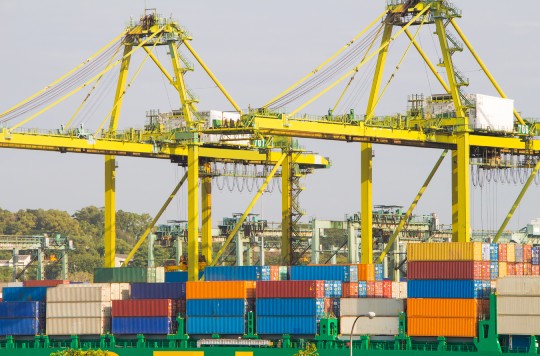
Port Klang, main gateway by sea into Malaysia
The COVID-19 pandemic has worsened the situation. The shutting down of the Chinese economy in early 2020 meant that foreign and local manufacturers were unable to operate. This further impacted already vulnerable supply chains, driving suppliers and customers from a wide range of industries out of business. These events and more have since prompted MNCs to diversify their supply chains and rethink their Asia presence.
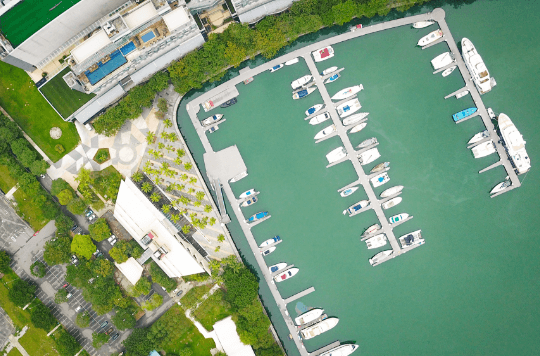
Puteri Harbour, Johor Bahru, as gateway to the south, receiving visitors to and from Singapore and Indonesia. It is known as the Pearl of Johor, replete with popular entertainment, dining and holiday destinations and surrounded by luxury residences
A Viable Alternative
To counter this instability, MNCs require a dependable, secure and stable location from which to run their regional operations. Malaysia is such a market. The nation’s trade relationship with America is robust, as too are its ties with Britain, the EU and Canada. Trade between Malaysia and these markets collectively amounted to about US$112 billion in 2019.
“Malaysia’s established local supply chains that are well-integrated into the global value chain are an undeniable competitive advantage of the nation.” - Malaysian Investment Development Authority (MIDA)
Strategically located in South-East Asia, Malaysia sits at the centre of one of the fastest-growing economic regions in the world. It is a member of the recently signed Regional Comprehensive Economic Partnership, which presently encompasses 30% of the world’s population and around 30% of global trade. Additionally, the nation holds bilateral and regional free trade agreements with other economic powerhouses such as India and Turkey.
“Malaysia’s established local supply chains that are well-integrated into the global value chain are an undeniable competitive advantage of the nation,” says the Malaysian Investment Development Authority (MIDA). “Backed by a strong and mature local engineering support industry, investors that are seeking to expand their production capacity into the country can do so efficiently and with ease.”
While many markets continue to grapple with both the health and economic fallout of COVID-19, Malaysia is moving forward. The World Health Organization recently praised the nation for its handling of the pandemic, and its economy is growing: the International Monetary Fund expects the Malaysian economy to expand by 7.8% in 2021. The South-East Asian nation’s pro-business environment reinforces its position as an attractive investment destination for overseas MNCs.
Politically stable, Malaysia boasts a robust legal system, including intellectually property protection, and a well-developed financial sector. Industrial relations are harmonious with minimal trade disputes, and labour costs are globally competitive. Overseas companies can hold 100% ownership of a Malaysian incorporated entity—especially in manufacturing and other select services—and can appoint foreign talent for key positions. They can also enjoy competitive investment incentives.
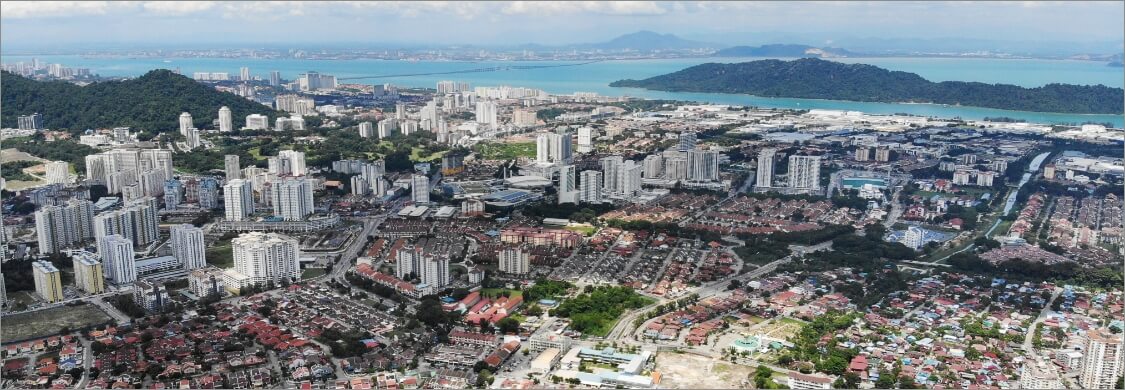
Bayan Lepas Industrial Park, Penang Free Industrial Zone is the island's high-tech industrial hub. It is now home to many multinational firms and is dubbed the Silicon Valley of the East
Global Connectivity
In terms of infrastructure, Malaysia boasts telecoms and internet capabilities that are among Asia's most sophisticated. “Given the far-reaching pandemic impact on the way we live, work and do business, the Malaysian Government is also intensifying the call for the acceleration of digitalisation within its delivery services—in efforts to increase the ease of doing business for investors in Malaysia," explains MIDA.
Seven international airports connect the country to both regional and global commercial hubs, while the nation's seven seaports facilitate the rapid movement of traded goods. A modern highway system spans most of Peninsular Malaysia, and more than 500 business parks are scattered across the country, including numerous specialist technology parks and 18 Free Industrial Zones catering to export-orientated industries.
The development of Malaysia's East Coast Rail Link (ECRL) is significant. When complete, the railway will create a ‘land bridge’ between key ports on Peninsular Malaysia’s east and west coasts and could reduce shipping times from China to South Asia, the Middle East and beyond by more than one day. Malaysia’s value proposition as the gateway to South-East Asia is underscored by the DHL Global Connectedness Index, which ranks the country second-highest in South-East Asia and 12th highest globally for trade connectivity.
The sustained growth and importance of Asia within the worldwide economy have prompted many MNCs to establish global operation hubs in Malaysia. The Government of Malaysia has successfully attracted foreign MNCs and local conglomerates across numerous sectors, where they operate strategic functions such as supply chain management, business planning, finance and R&D. Since 2003, more than 3,000 organisations have established global and regional headquarters, supply chain hubs, and centres of excellence nationally.
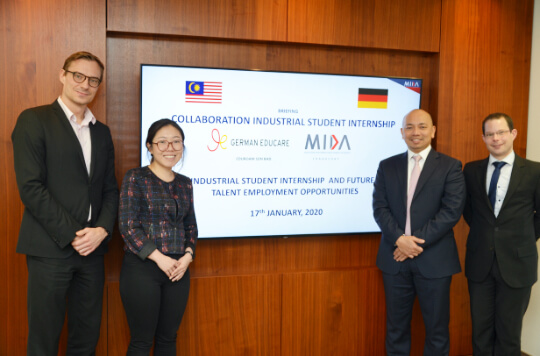
The World Bank’s 2020 Human Capital Index ranks Malaysia as the third most educated country in South-East Asia, with its diverse talent pool ensuring a robust and industry-ready workforce
A Dynamic Talent Pool
Malaysia’s young, educated and productive workforce makes it one of the most competitive in Asia. The World Bank’s 2020 Human Capital Index ranks Malaysia as the third most educated country in South-East Asia. Education across all age groups is a key priority for the Government of Malaysia. The nation boasts over 500,000 students enrolled in roughly 500 colleges and 73 universities, the majority of whom are studying science and technical subjects. Most Malaysians are bilingual, with many speaking three languages fluently including English.

Training and development are not restricted to colleges and universities. “In Malaysia, vocational and technical schools, polytechnics and industrial training institutions prepare young people for employment in various industrial trades," says MIDA. “While government agencies mostly run these, several private initiatives, such as states’ skills development centres, complement the government's efforts in producing the skilled workers needed by industry."
Collaboration between academia and industry also ensures a robust supply of talent. One such initiative by MIDA, in partnership with the Ministry of Education and Semiconductor Fabrication Association of Malaysia, prepares graduates and technicians for the wafer fabrication industry.
To meet the burgeoning demand for technically skilled workers, the Government of Malaysia collaborates with Technical and Vocational Education and Training (TVET) providers to ensure talent supply. Malaysia’s 1,248 TVET institutions offer 5,776 courses that focus on both academic studies and hands-on skills. Complementing this initiative, Malaysia’s National Dual Training System (NDTS) sees students spend between 20% and 30% of their time focusing on academic activities, with between 70% and 80% of their time allocated to on-site training.
Similarly, Malaysia’s Collaborative Research in Engineering, Science and Technology Centre (CREST) is an industry-led platform for market-driven R&D and talent development. A membership framework, CREST leverages best-in-class industry expertise from across government, industry and academia. The centre focuses on six technology areas: LED optoelectronics, Internet of Things (IoT) embedded systems, integrated circuit design, advanced materials and packaging, advanced manufacturing, and drones and autonomous vehicles.

Malaysia prioritises renewable energy generation as a commitment to reducing greenhouse gas emissions by 45% by 2030
Industry 4.0
Malaysia’s economy places a particular emphasis on technology-oriented industries, including electronics manufacturing, R&D, biotechnology, photonics and automation, as well as high-value services that support these, such as logistics and marketing. These sectors keep Malaysia’s economy at the cutting edge of technological innovation, fostering an industrial base that looks set to prosper for the longer term.
The nation’s industry 4.0 capabilities are noteworthy. The Government of Malaysia’s Industry4WRD policy is driving digital transformation among local and international manufacturers. The initiative aspires to increase productivity, elevate the contribution of the manufacturing sector to the nation’s economy, boost innovation, and increase the number of high-skilled workers.
“These technological innovations will, in years to come, bring more access to the digital environment, and long-term gains in efficiency and productivity.”
The 11th Malaysian Plan (2016 to 2020) places an emphasis on the “3+2” catalytic and high potential growth sub-sectors—namely the electrical and electronics (E&E), chemicals, machinery and equipment, medical devices, and aerospace industries. These are greatly benefiting from use of IoT, artificial intelligence (AI), robotic process automation and wearables to manufacture items used in a wide range of consumer and industrial technologies and products. In 2019, for example, E&E accounted for 6.3% of Malaysian GDP and represented almost 45% of manufactured exports.
“Cutting-edge technologies like IoT, AI, cloud computing and big data have made it possible to augment the efficiency of people’s daily lives,” says MIDA. “These technological innovations will, in years to come, bring more access to the digital environment, and long-term gains in efficiency and productivity.”
Adopting Industry 4.0 is not without challenges for manufacturers. These range from skills shortages to knowledge shortfalls, technology gaps and more. MIDA’s Lighthouse Project enables less advanced manufacturers to learn from Industry 4.0 champions. These ‘lighthouses’ act as beacons to guide less experienced players when using AI, advanced analytics, autonomous robots and other technologies to upgrade existing production. Significant improvement is expected in areas including productivity, sustainability, agility, speed to market and product customisation.
Realising A Sustainable Future
The Government of Malaysia is committed to helping solve the world’s foremost environmental challenges. Under the National Green Technology Policy, Malaysia is placing greater importance on renewable energy generation. During 2019, 350 projects worth RM3.78 billion (US$900 million) were approved. The majority of these involve solar energy, with others generating electricity from mini-hydropower, biogas and biomass. These support Malaysia’s commitment to reducing greenhouse gas emissions by 45% by 2030.
Malaysia also houses a state-of-the-art healthcare system. With modern hospitals and clinics, highly skilled doctors, surgeons and nurses, and affordable prices, medical tourism is thriving. During 2019, 1.3 million overseas patients travelled to Malaysia to receive healthcare. The country has been the recipient of multiple awards from acclaimed industry bodies, including the International Medical Travel Journal’s ‘Medical Travel Destination of the Year’ for five of the six past editions.
Opportunities abound for overseas investors. These extend beyond the 3+2 catalytic industries to green technology and healthcare, collectively underpinning Malaysia’s efforts to achieve a truly sustainable economy.
Despite the significant challenges experienced during 2020, Malaysia’s manufacturing industry has flourished. With support from MIDA, 1,049 projects worth RM91.3 billion (US$22.7 billion) were approved in 2020—an annual increase in capital investments of 10.3%. Furthermore, during the same time period, approved foreign direct investments increased by 3.9% to RM56.6 billion (US$14.0 billion).

Irrespective of their industry, foreign entities work in close partnership with MIDA to help them capitalise on a multitude of openings. “As partners to investors, MIDA prioritises the push for strategic collaborations between foreign and local companies to propel mutually beneficial outcomes such as the transfer of knowledge and expertise across industries as well as the development of resilient supply chains and support networks,” adds MIDA.
“These are stepping stones to nurture Malaysian companies to become truly global champions. This is MIDA’s commitment to ensure the sustainability of the business entities in the country, not only in the present but for the future.”
International Recognition
Malaysia Ranked:
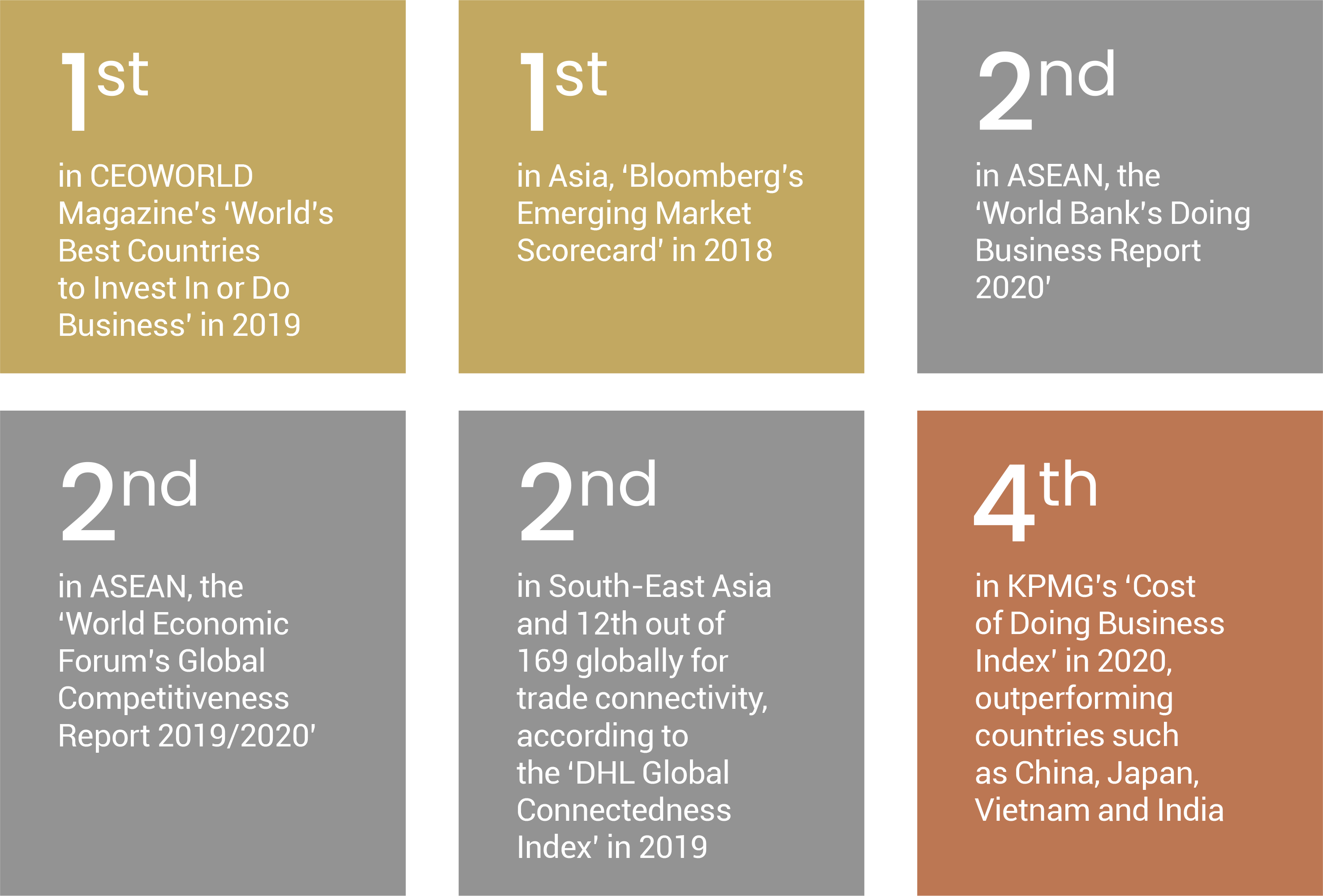
This article was first published by The Economist








